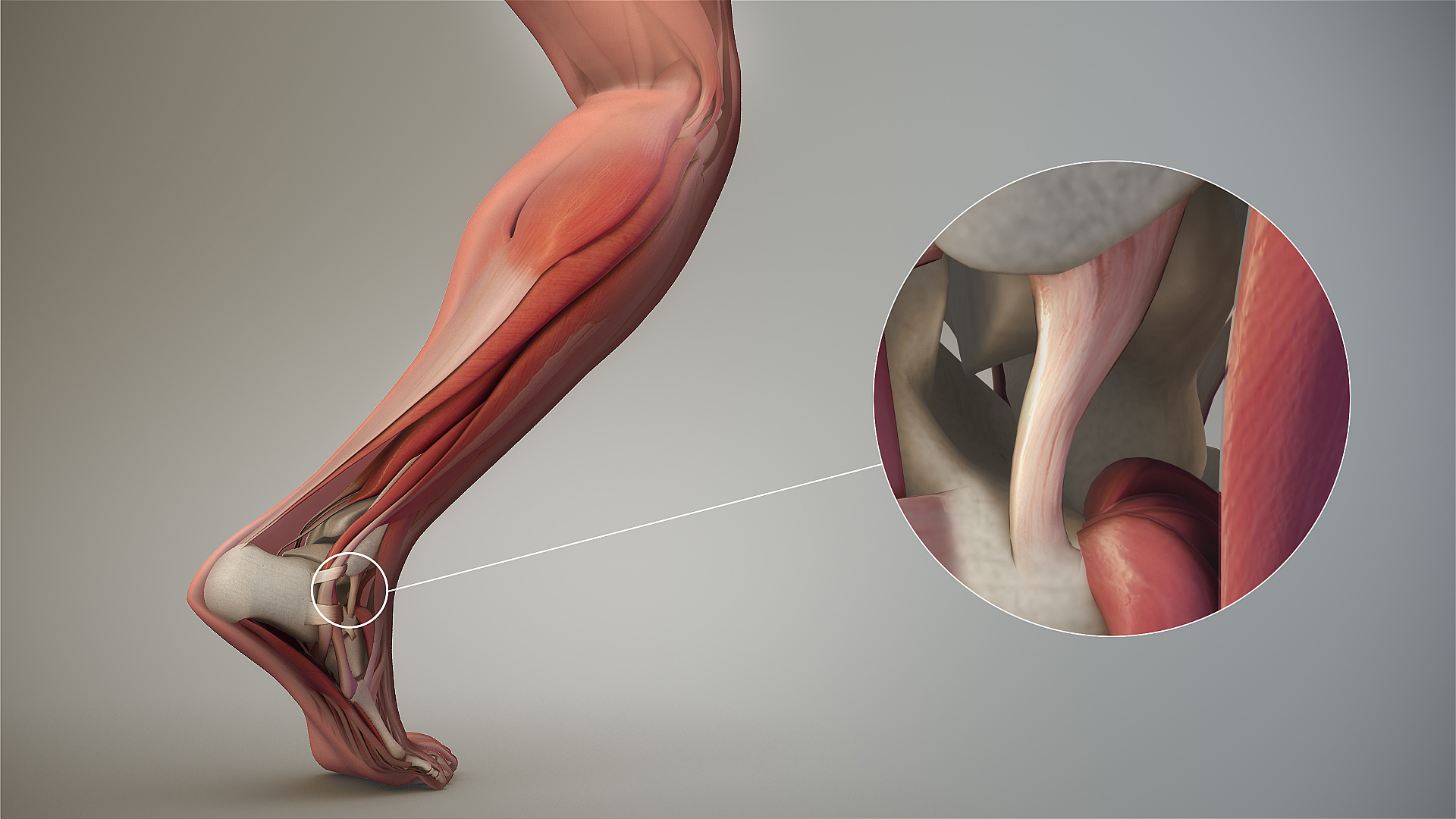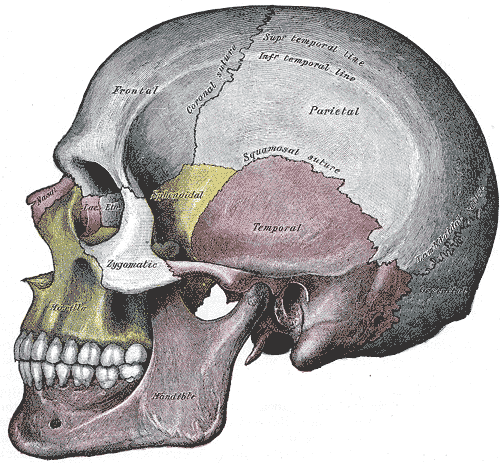|
Vijayachelys
__NOTOC__ The Cochin forest cane turtle (''Vijayachelys silvatica''), also known as Kavalai forest turtle, forest cane turtle or simply cane turtle, is a rare turtle from the Western Ghats of India. Described in 1912, its type locality is given as "Near Kavalai in the Cochin State Forests, inhabiting dense forest, at an elevation of about 1500 feet above sea level".Henderson (1912) Only two specimens were found at that time, and no scientist saw this turtle in the next 70 years. It was finally rediscovered in 1982, and since then a number of specimens have been found and some studies have been conducted about its affiliation and habits.Praschag et al. (2006) Like its relatives, it belongs to the subfamily Geoemydinae of the family Geoemydidae, formerly known as Bataguridae. It was once placed in the genus ''Geoemyda'' and subsequently moved to ''Heosemys''. But as it seems, the Cochin forest cane turtle forms a quite distinct lineage closely related to ''Melanochelys''. Thus, ... [...More Info...] [...Related Items...] OR: [Wikipedia] [Google] [Baidu] |
Geoemydidae
The Geoemydidae (formerly known as Bataguridae) are one of the largest and most diverse families in the order Testudines (turtles), with about 70 species. The family includes the Eurasian pond and river turtles and Neotropical wood turtles. Members of this family are commonly called Leaf turtle. Characteristics Geoemydidae are turtles of various sizes (from about in length) with often a high degree of sexual dimorphism. They usually have webbed toes, and their pelvic girdles articulate with their plastrons flexibly. Their necks are drawn back vertically. Their carapaces have 24 marginal scutes. The plastron is composed of 12 scutes and has no mesoplastron; the pectoral and abdominal scutes contact the marginal scutes. Some other features include a single articulation between the fifth and sixth cervical vertebrae, the lack of a hyomandibular branch of the facial nerve, and an epipterygoid bone in the skull. Ecology Geoemydidae live in tropics and subtropics of Asia, Europe ... [...More Info...] [...Related Items...] OR: [Wikipedia] [Google] [Baidu] |
Heosemys
''Heosemys'' is a genus of freshwater turtles ("terrapins" in British English) in the family Geoemydidae (formerly called Bataguridae). The genus ''Heosemys'' was split out of the related genus ''Geoemyda'' by McDowell in 1964. Species Four species are placed under ''Heosemys'':Turtle Taxonomy Working Group (Rhodin, A.G.J., van Dijk, P.P, Iverson, J.B., and Shaffer, H.B.).2010Turtles of the world, 2010 update: annotated checklist of taxonomy, synonymy, distribution, and conservation status In: Rhodin, A.G.J., Pritchard, P.C.H., van Dijk, P.P., Saumure, R.A., Buhlmann, K.A., Iverson, J.B., and Mittermeier, R.A. (Eds.). Conservation Biology of Freshwater Turtles and Tortoises: A Compilation Project of the IUCN/SSC Tortoise and Freshwater Turtle Specialist Group. ''Chelonian Research Monographs'' No. 5. pp. 000.85-000.164, * Arakan forest turtle (Boulenger, 1903), ''Heosemys depressa'' * Giant Asian pond turtle (Gray, 1860), ''Heosemys grandis'' * Spiny turtle (Gray, 1831), ''Heo ... [...More Info...] [...Related Items...] OR: [Wikipedia] [Google] [Baidu] |
Geoemyda
''Geoemyda'' is a genus of freshwater turtles in the family Geoemydidae (formerly Bataguridae). It contains two species: Reptile Database * , ''Geoemyda japonica'' * , ''Geoemyda spengleri'' ''Geoemyda'' was used as a "" in former times, uniting a number of distinct lineages o ... [...More Info...] [...Related Items...] OR: [Wikipedia] [Google] [Baidu] |
Geoemydinae
The Geoemydinae are a subfamily of turtles consisting of 60 subspecies and 76 taxa. These genera are placed here: * ''Batagur'' (six species, including part of Kachuga) * ''Chinemys'' (three species) (sometimes included in ''Mauremys'') * '' Cuora'' (10-11 species) (including ''Cistoclemmys'') * ''Cyclemys'' (seven species) * ''Geoemyda'' (two species) * '' Hardella'' (monotypic) * ''Heosemys'' (formerly in ''Geoemyda'') * '' Hieremys'' (formerly in ''Geoemyda'', often included in ''Heosemys'') * ''Leucocephalon'' (monotypic) (formerly in ''Geoemyda'' and ''Heosemys'') * ''Malayemys'' (two species) * ''Mauremys'' (including ''Annamemys'', ''Cathaiemys'' and ''Emmenia'') * ''Melanochelys'' * ''Morenia'' (two species) * ''Notochelys'' * ''Ocadia'' (monotypic), historic genera included in ''Mauremys'' * ''Orlitia'' (monotypic) * ''Pangshura'' (four species) * ''Pyxidea'' (monotypic) (often included in ''Cuora'') * ''Sacalia'' (two species) * ''Siebenrockiella'' (two species) (forme ... [...More Info...] [...Related Items...] OR: [Wikipedia] [Google] [Baidu] |
Turtle
Turtles are an order of reptiles known as Testudines, characterized by a special shell developed mainly from their ribs. Modern turtles are divided into two major groups, the Pleurodira (side necked turtles) and Cryptodira (hidden necked turtles), which differ in the way the head retracts. There are 360 living and recently extinct species of turtles, including land-dwelling tortoises and freshwater terrapins. They are found on most continents, some islands and, in the case of sea turtles, much of the ocean. Like other amniotes (reptiles, birds, and mammals) they breathe air and do not lay eggs underwater, although many species live in or around water. Turtle shells are made mostly of bone; the upper part is the domed carapace, while the underside is the flatter plastron or belly-plate. Its outer surface is covered in scales made of keratin, the material of hair, horns, and claws. The carapace bones develop from ribs that grow sideways and develop into broad flat plates th ... [...More Info...] [...Related Items...] OR: [Wikipedia] [Google] [Baidu] |
Ligament
A ligament is the fibrous connective tissue that connects bones to other bones. It is also known as ''articular ligament'', ''articular larua'', ''fibrous ligament'', or ''true ligament''. Other ligaments in the body include the: * Peritoneal ligament: a fold of peritoneum or other membranes. * Fetal remnant ligament: the remnants of a fetal tubular structure. * Periodontal ligament: a group of fibers that attach the cementum of teeth to the surrounding alveolar bone. Ligaments are similar to tendons and fasciae as they are all made of connective tissue. The differences among them are in the connections that they make: ligaments connect one bone to another bone, tendons connect muscle to bone, and fasciae connect muscles to other muscles. These are all found in the skeletal system of the human body. Ligaments cannot usually be regenerated naturally; however, there are periodontal ligament stem cells located near the periodontal ligament which are involved in the adult regener ... [...More Info...] [...Related Items...] OR: [Wikipedia] [Google] [Baidu] |
Ossification
Ossification (also called osteogenesis or bone mineralization) in bone remodeling is the process of laying down new bone material by cells named osteoblasts. It is synonymous with bone tissue formation. There are two processes resulting in the formation of normal, healthy bone tissue: Intramembranous ossification is the direct laying down of bone into the primitive connective tissue ( mesenchyme), while endochondral ossification involves cartilage as a precursor. In fracture healing, endochondral osteogenesis is the most commonly occurring process, for example in fractures of long bones treated by plaster of Paris, whereas fractures treated by open reduction and internal fixation with metal plates, screws, pins, rods and nails may heal by intramembranous osteogenesis. Heterotopic ossification is a process resulting in the formation of bone tissue that is often atypical, at an extraskeletal location. Calcification is often confused with ossification. Calcification is sy ... [...More Info...] [...Related Items...] OR: [Wikipedia] [Google] [Baidu] |
Median (other)
Median may refer to: Mathematics and statistics * Median (statistics), in statistics, a number that separates the lowest- and highest-value halves * Median (geometry), in geometry, a line joining a vertex of a triangle to the midpoint of the opposite side * Median (graph theory), a vertex m(a,b,c) that belongs to shortest paths between each pair of a, b, and c * Median algebra, an algebraic triple product generalising the algebraic properties of the majority function * Median graph, undirected graph in which every three vertices a, b, and c have a unique median * Geometric median, a point minimizing the sum of distances to a given set of points People * Median (rapper), a rapper from the U.S. city of Raleigh, North Carolina Science and technology * Median (biology), an anatomical term of location, meaning at or towards the central plane of a bilaterally symmetrical organism or structure * Median filter, a nonlinear digital filtering technique used to reduce noise in images * M ... [...More Info...] [...Related Items...] OR: [Wikipedia] [Google] [Baidu] |
Suture (anatomy)
In anatomy, a suture is a fairly rigid joint between two or more hard elements of an organism, with or without significant overlap of the elements. Sutures are found in the skeletons or exoskeletons of a wide range of animals, in both invertebrates and vertebrates. Sutures are found in animals with hard parts from the Cambrian period to the present day. Sutures were and are formed by several different methods, and they exist between hard parts that are made from several different materials. Vertebrate skeletons The skeletons of vertebrate animals (fish, amphibians, reptiles, birds, and mammals) are made of bone, in which the main rigid ingredient is calcium phosphate. Cranial sutures The skulls of most vertebrates consist of sets of bony plates held together by cranial sutures. These sutures are held together mainly by Sharpey's fibers which grow from each bone into the adjoining one. Sutures in the ankles of land vertebrates In the type of crurotarsal ankle which is found ... [...More Info...] [...Related Items...] OR: [Wikipedia] [Google] [Baidu] |
Scute
A scute or scutum (Latin: ''scutum''; plural: ''scuta'' "shield") is a bony external plate or scale overlaid with horn, as on the shell of a turtle, the skin of crocodilians, and the feet of birds. The term is also used to describe the anterior portion of the mesonotum in insects as well as some arachnids (e.g., the family Ixodidae, the scale ticks). Properties Scutes are similar to scales and serve the same function. Unlike the scales of lizards and snakes, which are formed from the epidermis, scutes are formed in the lower vascular layer of the skin and the epidermal element is only the top surface . Forming in the living dermis, the scutes produce a horny outer layer that is superficially similar to that of scales. Scutes will usually not overlap as snake scales (but see the pangolin). The outer keratin layer is shed piecemeal, and not in one continuous layer of skin as seen in snakes or lizards. The dermal base may contain bone and produce dermal armour. Scutes with a bony ... [...More Info...] [...Related Items...] OR: [Wikipedia] [Google] [Baidu] |
Orbit (anatomy)
In anatomy, the orbit is the cavity or socket of the skull in which the eye and its appendages are situated. "Orbit" can refer to the bony socket, or it can also be used to imply the contents. In the adult human, the volume of the orbit is , of which the eye occupies . The orbital contents comprise the eye, the orbital and retrobulbar fascia, extraocular muscles, cranial nerves II, III, IV, V, and VI, blood vessels, fat, the lacrimal gland with its sac and duct, the eyelids, medial and lateral palpebral ligaments, cheek ligaments, the suspensory ligament, septum, ciliary ganglion and short ciliary nerves. Structure The orbits are conical or four-sided pyramidal cavities, which open into the midline of the face and point back into the head. Each consists of a base, an apex and four walls."eye, human."Encyclopædia Britannica from Encyclopædia Britannica 2006 Ultimate Reference Suite DVD 2009 Openings There are two important foramina, or windows, two important fissu ... [...More Info...] [...Related Items...] OR: [Wikipedia] [Google] [Baidu] |


.jpg)


